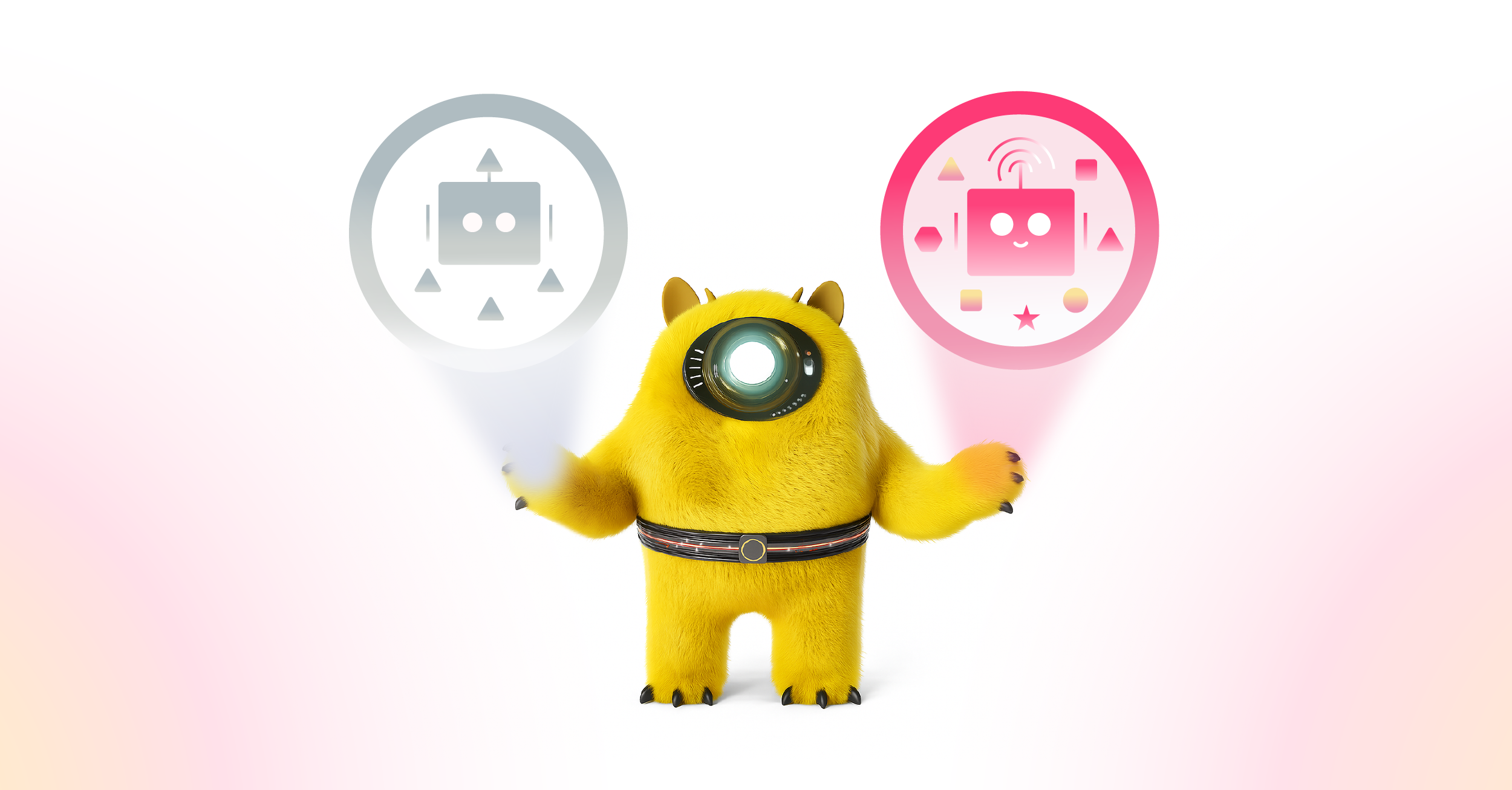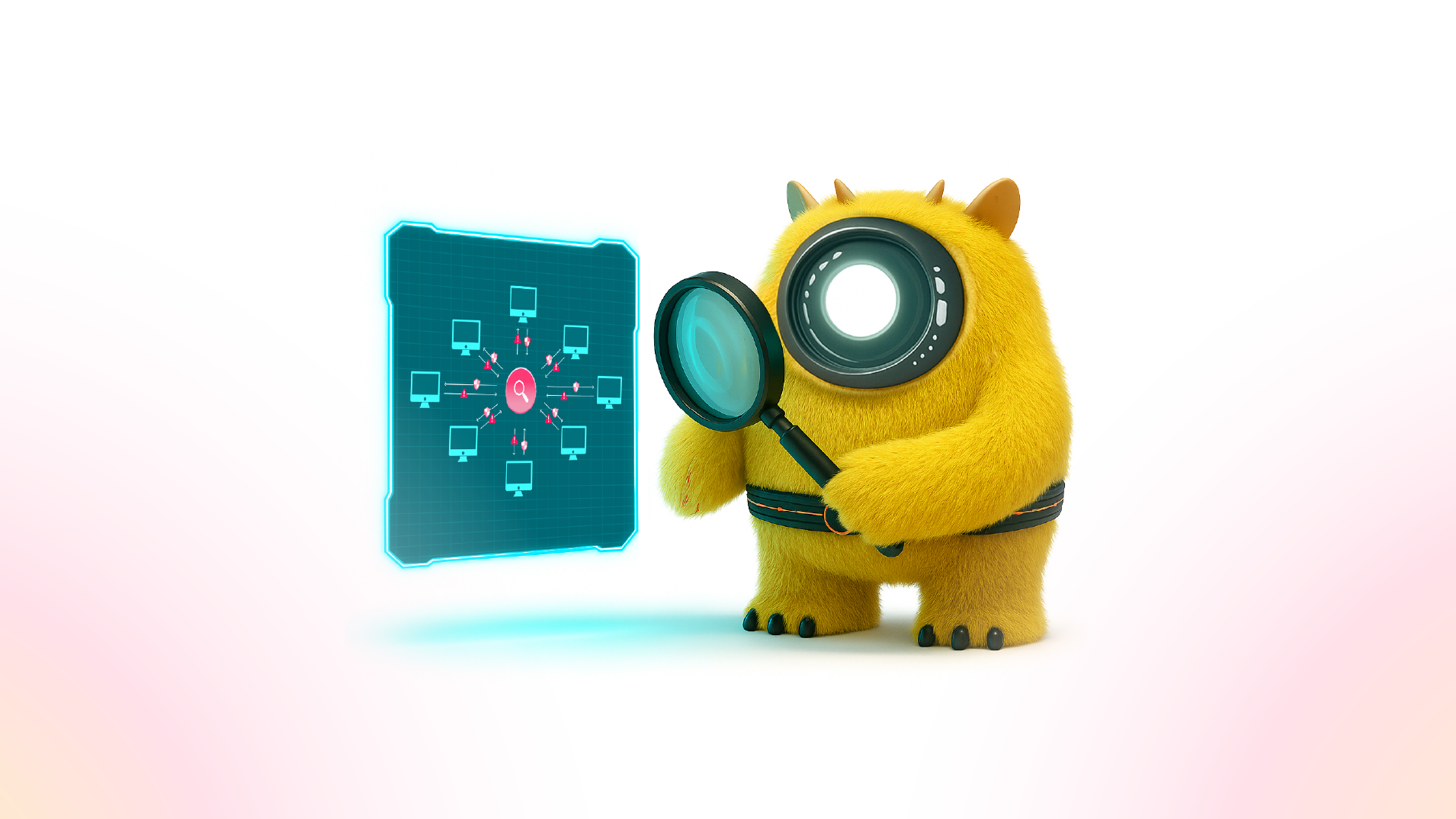
SOC Challenges
Over the past ten years The SOC has been running a marathon with no finish line in sight. Every single day, security teams are bombarded with alerts – most of which are just time-consuming, resource-burning noise. Even the most seasoned and dedicated analysts tell me It’s only a matter of time before the critical signal gets lost in the noise.It’s a tough spot to be in, knowing that the attackers only need to be right once, but the defenders, the first line triage warriors, need to be right every single time.
Let’s not even get started about the mess of tools security teams have to work with. Although powerful and necessary for sniffing out and neutralizing threats, sometimes it feels like we have too much of a good thing going on. In other words, sensory overload. One analyst told me it’s a constant balancing act. Trying to stay on top of the latest technology while ensuring they effectively use the tools his team already has. Each platform or tool with its own interface and outputs just adds another layer of complexity to the work security teams must complete.
AI’s Role in the SOC
AI to the rescue? This is where artificial intelligence can really make an impact. Imagine having an army of smart assistants that could help security teams sift through the never-ending alerts, pointing out the ones that actually need attention. That’s what AI promises. By taking over some of the most mundane and repetitive tasks, AI will help us zero in on what’s really important – digging into and responding to actual security threats.
AI is also a game changer for the data challenge facing security teams. With its ability to process and analyze huge amounts of information from different sources, AI will help us close the gaps in our data, making it a whole lot easier to obtain a complete, fast and consistent picture of the security threats we face.
When it comes to managing the arsenal of tools, AI helps streamline fragmented elements, making it simpler to integrate and utilize different systems. For example, AI can triage alerts from an EDR vendor and compare it to authentication information from Office 365. This means people spend less time pivoting between platforms and more time focusing on strategic analysis and response.
As cyber security professionals, our priority is to work together to ensure the security and resilience of our organizations. Leveraging AI within the SOC can significantly increase defensive capabilities, allowing organizations to triage, respond and manage risks more efficiently and effectively.
Wrapping Up
It’s worth noting that at Radiant Security, we’ve observed firsthand the transformative impact AI can have on SOC operations. Our approach focuses on empowering the SOC with triage and investigation horsepower to help manage better outcomes from the sea of noise.
Radiant AI isn’t here to replace human roles. Its purpose is to enhance productivity within the SOC to allow analysts the space to concentrate on genuine challenges that require human investigation.
Want to learn more about our Gen AI SOC Co-pilot? Visit us at radiantsecurity.ai.
Back



